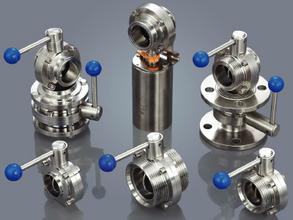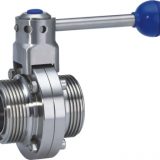The valve is a control and regulation device has many uses in almost all industrial fields and also in human life. Different valves are used to solve different objectives.
The valves are classified according to their operating mode: hydraulic, manual, pneumatic or motor, etc. Generally, valves vary according to their size, function, and applicability. The size generally varies between 0.1 mm and 60 mm. However, there are special valves that are also quite large. Some valves are purely manual and are operated by handles, pedals or a lever. Some are also available with an automated control function enabled and are driven by changes in pressure, temperature and flow of substances.

In many industries, purity commands the highest priority. For these types of industries, the sterile valves are also available to operate at the highest requirements for purity with maximum efficiency: Their bodies are CIP and SIP compatible. The valves with this unbeatable feature are used to prevent contamination by bacteria. These are mainly used in the food processing, pharmaceutical and other food, dairy, beverage and cosmetic industries.
Sanitary valves also have different ranges such as sanitary butterfly valve, sanitary ball valve, sanitary diaphragm valves, and sanitary check valve, sanitary valves etc.
Discussing technical know-how, a typical valve essentially consists of two components: the body and the hood. The body is the outer shell contains all the internal parts in it; however, the hood acts as a lid on the body of the valve. During the valve manufacturing process, all internal components are put into the body and then the hood is attached to hold everything together indoors. Another part is the port. The ports are passages that allow the fluid to pass through the valve and thus the process continues.


